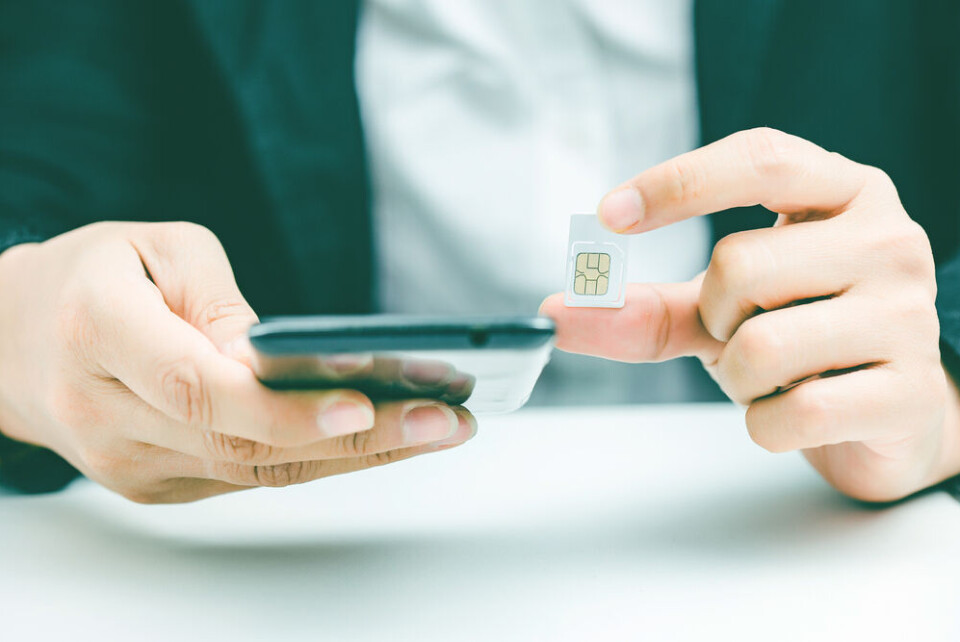-
Is health insurance required to return to visit England from France?
Certain health access remains free at the point of use for all
-
Do self-employed people in France put their personal assets at risk?
Rules for self-employed workers are different than for employees
-
Are there noise rules for motorcycles in France?
‘Sound radars’ may soon come into force following trial
What dual-SIM phones work best in France?
With technologies advancing, it may no longer be necessary to have a dual-SIM phone

Reader question: Dual-SIM phones seem to be the solution to many mobile phone problems faced by Britons and other foreigners with second homes in France. Can you say which is best to use?
Dual SIM phones were first covered by The Connexion in 2010 and in 2016. They were quickly adopted by many foreigners with second homes in France – by switching the card, you could move from one country’s operator to another.
Since then, the introduction of eSIMs has made their use more relevant, especially now the UK is out of EU roaming agreements. The eSIM replaces the physical card with a computer chip in the phone.
Most of the latest Apple phones and many Android ones can operate on eSIMs as well as physical cards, and the major operators in France all now offer them.
Loading operators to an eSIM card is usually as simple as photographing a QR code, and then following the instructions on screen to set up how they work – eSIM only, SIM only or both together. Having them both work together does mean the battery will need recharging more often.
For most people living in the UK and visiting France, having their UK number as the main one on the eSIM and a French number with the SIM is probably the best solution – it allows more freedom to choose an operator.
There has also been increased competition in the French market. Free now offers two hours of calls a month in France and Europe, limited data, and unlimited SMS messages for €2 a month. Other operators have slightly more expensive packages.
























